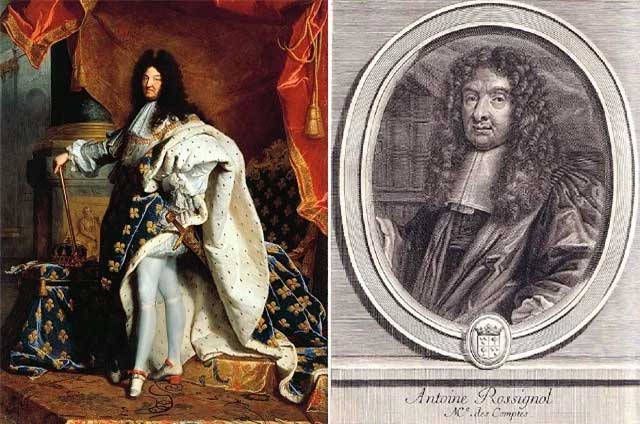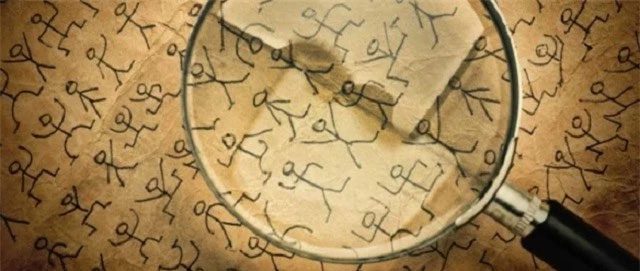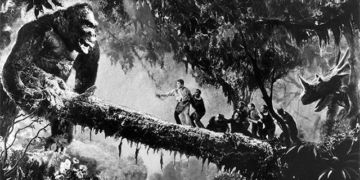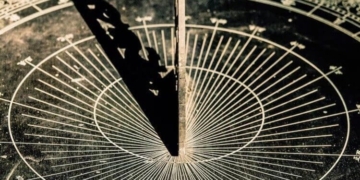For centuries, the Great Cipher stood like an impregnable fortress, confounding even the most skilled cryptographers, leaving them perplexed and sometimes at a loss.
In the secret corridors of 17th century France, a cipher system known as the Great Cipher emerged, garnering significant attention as it was created for King Louis XIV of France. The two creators of the Great Cipher were the genius cryptographer brothers Antoine Rossignol and Bonaventure Rossignol, recognized for their exceptional skills in the field of cryptography. They were appointed as royal cryptographers by King Louis XIV, known by the nickname “Sun King”, who ruled France from 1643 to 1715. This cipher system was used to secure important diplomatic and military communications in France.

King Louis XIV (left) and Antoine Rossignol.
The Mysterious Legacy of the Rossignol Brothers
The Rossignol brothers, appointed by Louis XIV as royal cryptographers in the 17th century, hailed from a family with a tradition in cryptography. The family’s prominence began when a young mathematician named Rossignol successfully deciphered the Huguenot cipher during the siege of Réalmont in 1626, forcing the enemy to surrender. This achievement caught the attention of Prime Minister Louis XIII and Cardinal Richelieu. Recognizing the value of cryptographers for diplomacy and intelligence, Louis XIII, during his illness, declared that Rossignol was “the most essential element for the state’s interests.”

Cipher is extremely important for diplomacy and intelligence – (Illustrative image).
During the era of Louis XIV, Antoine and Bonaventure often worked in the room adjacent to the king’s office in Versailles, where they developed the Great Cipher for King Louis XIV. Consequently, they gradually gained immense power by managing a significant position, overseeing the Cabinet, also known as the French Black Chamber – the international term referring to the cipher office.
The Great Cipher of the Rossignol brothers utilized a combination of homophonic elements (symbols for the same sound) and polygraphic elements (multiple symbols for each letter), making it an extremely complex system. Instead of using traditional letters, this code replaced various symbols and shapes with different sounds, adding another layer of complexity. This intricate design rendered modern cryptographers nearly helpless.

One of the many nomenclatures used to encode the Great Cipher.
Successfully Decoding the Apparently Unbreakable Cipher: The Great Cipher
For centuries, the Great Cipher baffled many renowned cryptographers. However, the mystery began to unravel in the late 19th century when Étienne Bazeries, a French army officer with a keen interest in ciphers, took on the challenge of decoding it. After three years of relentless effort, Bazeries successfully deciphered the Great Cipher in the early 1890s, revealing hidden secrets within its complex patterns. This breakthrough achievement marked a pivotal moment in the history of cryptography.
Decoding the Great Cipher provided unprecedented access to the secret communications of kings, diplomats, and military leaders of France. It offered insights into the geopolitical context of 17th century Europe and illuminated the multifaceted relationships between European powers.




















































